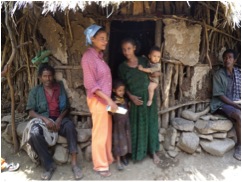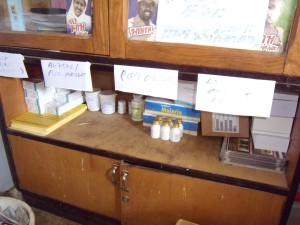QUESTION:
I am getting malaria every six months, after taken chloroquine medicine tablets. Is this normal,when my resistance is low, or is it coming aging, is there any medicine to clear the malaria?
ANSWER:
While taking chloroquine can be used to treat malaria, it will not prevent re-infection, unfortunately. One thing to check though is whether you are living in an area where the local types of malaria might be resistant to chloroquine; if so, it will be worth seeing if you can be treated with artemisinin-based combination therapies (ACTs), such as Coartem or Lonart, instead.
Again, these will not prevent re-infection, however, so you need to also take other preventative actions, such as sleeping under a long-lasting insecticide treated bednet and wearing long-sleeved clothing in the evenings and at night to prevent mosquito bites.
It sounds from your question like you live in an area where malaria is common; however, if you are actually only travelling to malarial areas regularly, you could also ask your doctor about the possibility of taking preventative medicine against malaria for the time that you are travelling (these are called “prophylactics”).
You should also check which species of malaria parasite you are infected with – this can be determined when you are diagnosed with the infection, either through looking at your blood under a microscope or by using a rapid diagnostic test (RDT). If you Plasmodium ovale or Plasmodium vivax, there is a possibility that even though the initial acute phase of the infection is responding to treatment with chloroquine, the parasite is remaining dormant in your liver, and causing the recurrences every 6 months. In this case, you should ask your doctor about the possibility of taking a drug called primaquine, which kills these liver stages and prevents further relapse of the disease.


